Boom Cylinder For Volwa Cane Unloader DLS870-9M
Som en av tillverkarna, leverantörerna och exportörerna av mekaniska produkter erbjuder vi hydraulcylindrar och många andra produkter.
Vänligen kontakta oss för mer information.
E-post:sales@hydraulic-cylinders.net
Tillverkare, leverantör och exportör av hydraulcylindrar.
Boom Cylinder For Volwa Cane Unloader DLS870-9M
Introduction to Boom Cylinders
The Boom Cylinder for Volwa Cane Unloader DLS870-9M is an essential component within hydraulic systems specifically designed to control the movement of heavy machinery buckets in applications such as excavators, backhoe loaders, and front-end loaders. These cylinders are vital for lifting, lowering, and tilting buckets, enabling efficient material handling operations. In hydraulic systems, boom cylinders convert hydraulic pressure into mechanical force, allowing for precise movements required in demanding construction and agricultural tasks.
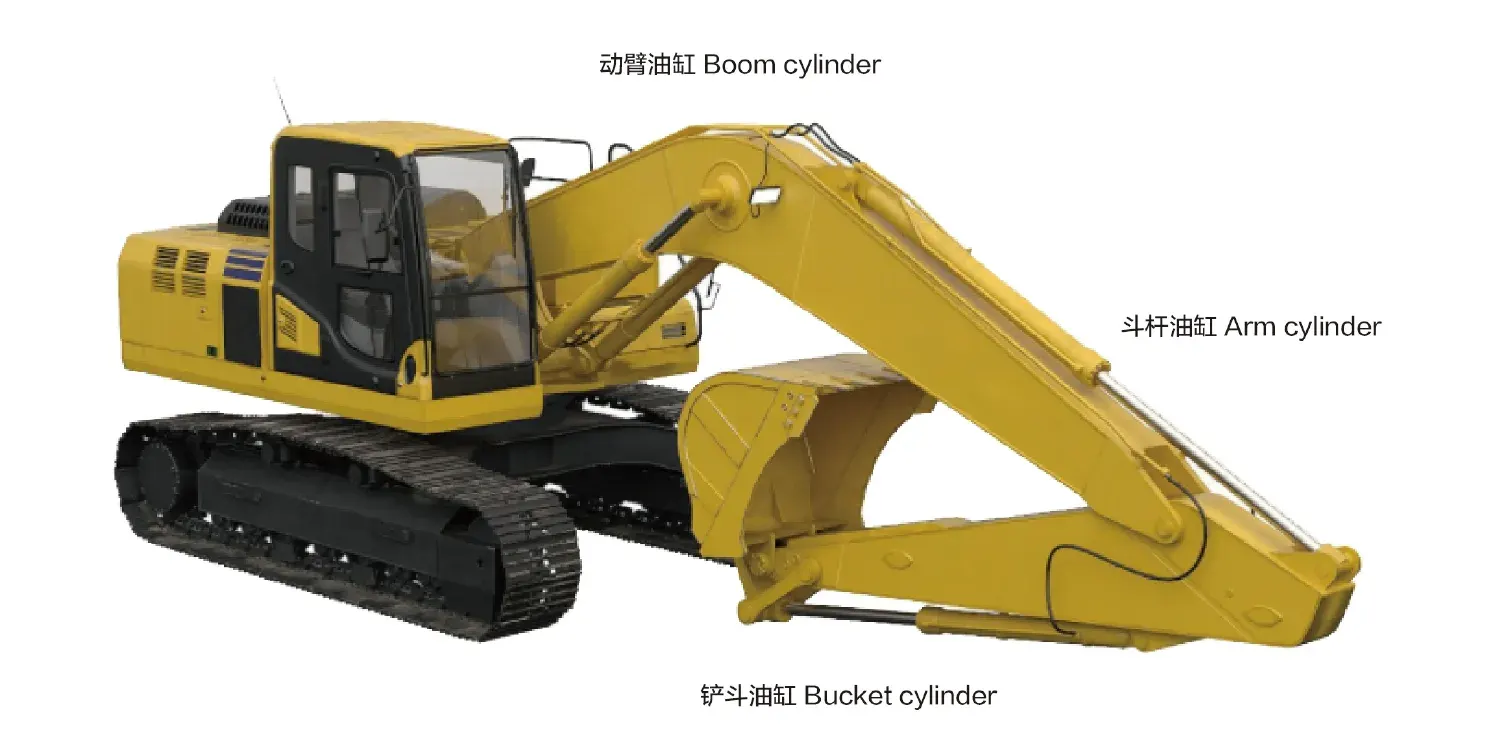
Overview of Bucket Cylinders
Bucket cylinders are hydraulic cylinders specifically engineered for managing various heavy-duty machinery. They facilitate critical movements such as digging, lifting, and transporting materials. The design encompasses high-strength materials, ensuring durability and reliability in challenging working conditions. These cylinders are characterized by their ability to perform efficiently under high pressure, making them integral to machinery operations.
Features of the Boom Cylinder
- High Strength and Durability: Constructed from high-strength steel or aluminum, boom cylinders are designed to withstand high pressure and heavy loads while being resilient in harsh working environments.
- Efficient Hydraulic Operation: These cylinders utilize hydraulic oil pressure for smooth extension and retraction, providing rapid response to control commands and delivering substantial push and pull forces.
- Diverse Types: Available as single-acting (using hydraulic pressure in one direction) or double-acting (using hydraulic pressure in both directions) cylinders to meet various operational needs. Some models are telescopic, allowing for greater extension without increasing external dimensions.
- Custom Manufacturing: We specialize in producing these products, offering perfect replacements for existing hydraulic cylinders.
- Applications Across Industries: Suitable for various applications, ensuring versatility in machinery operations.
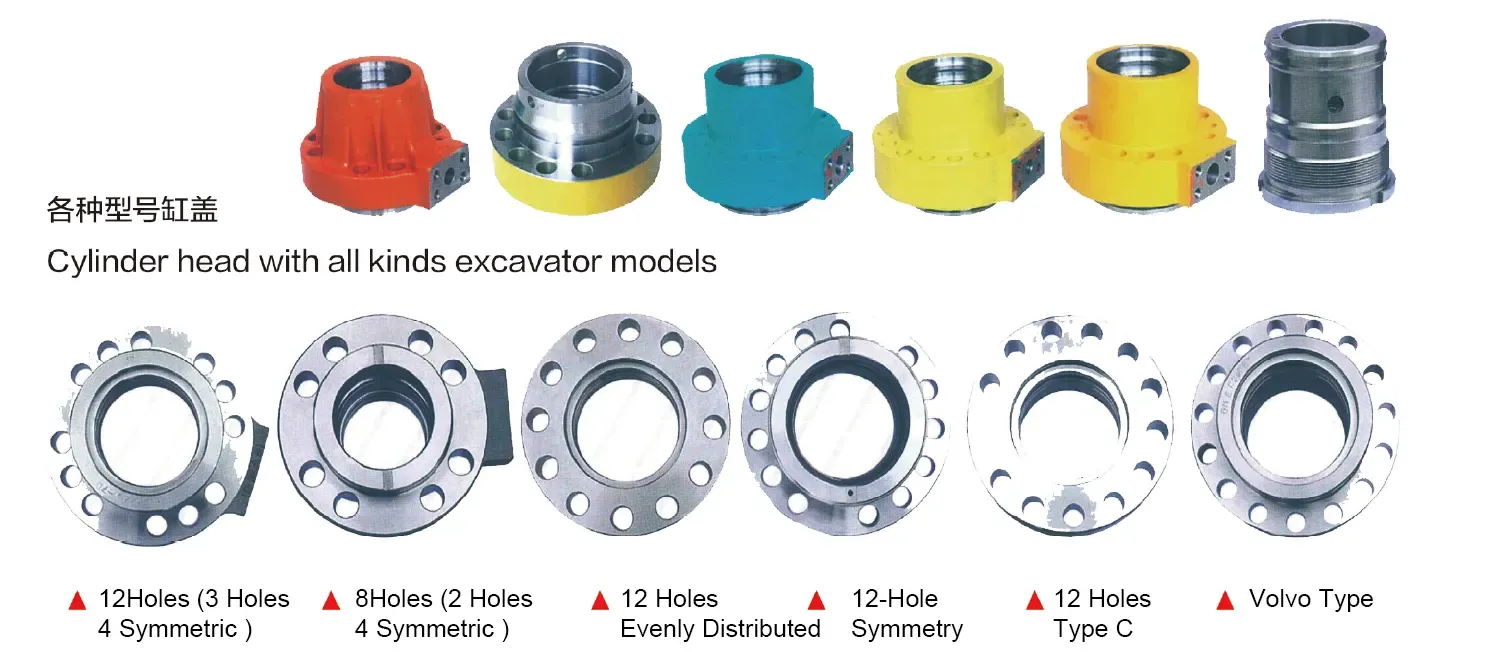
Applications of the Boom Cylinder
Construction Equipment
In construction equipment, boom cylinders are found in excavators, where they play a crucial role in digging, loading, and moving soil or debris. They allow the bucket to penetrate the ground, facilitating efficient excavation. In backhoe loaders, bucket cylinders aid both digging and lifting operations, making them indispensable in construction tasks.
Agricultural Machinery
In agricultural machinery, such as front-end loaders, boom cylinders are essential for scooping, lifting, and transporting materials like soil, hay, and other loads. They enhance productivity by enabling smooth and effective handling of materials, which is vital in farming operations.
Excavators
Bucket cylinders enable excavators to dig efficiently by allowing the bucket to penetrate the soil. Their design ensures that the force applied during digging is optimized for performance, making them critical to the effectiveness of excavators in various terrains.
Front Loaders
In front loaders, boom cylinders assist in lifting and dumping materials efficiently. The hydraulic power allows operators to maneuver heavy loads with ease, enhancing operational efficiency and reducing the physical effort required in material handling.
Design Considerations and Selection Criteria
Load Capacity
The load capacity of a boom cylinder is one of the most critical factors to consider during the selection process. It must be sufficient to handle the maximum weight of materials that the machinery is expected to lift or move. Engineers must calculate the required load capacity based on the specific application to ensure safety and functionality. Selecting a cylinder with an inadequate load capacity can lead to failures that compromise the machinery and pose risks to operators.
Sealing Mechanisms
Effective sealing is crucial to preventing hydraulic fluid leaks and ensuring the operational efficiency of the boom cylinder. The design should include high-quality seals that can endure the pressures and temperatures encountered in hydraulic systems. Optimal sealing not only protects the hydraulic fluid but also enhances the longevity of the cylinder itself. Regular checks and maintenance of seals are essential to avoid performance issues and costly repairs.
Durability
Durability is vital for boom cylinders, particularly in demanding environments where they are exposed to harsh conditions. The materials used in construction should resist wear and tear while providing resistance to corrosion. Striking a balance between weight and strength is crucial, as overly heavy cylinders can hinder machine performance. Manufacturers often utilize advanced materials and coatings to enhance the durability of their products.
Safety Features
Incorporating safety features into boom cylinder design is paramount. These may include pressure relief valves to prevent overloading and mechanisms that ensure the cylinder operates smoothly without risk of failure. Operators must be trained to recognize potential hazards associated with hydraulic equipment, and safety measures must be in place to mitigate risks during operation.
Maintenance and Serviceability
Designing boom cylinders with maintenance in mind will facilitate easier servicing and prolong the lifespan of the product. Features such as service ports for easy access to hydraulic fluid and replaceable seals can significantly reduce downtime for repairs. Regular maintenance schedules should be established to ensure that all components remain in good working order, drastically improving reliability.

Sealing and Lubrication
Effective sealing and lubrication are critical in maintaining the performance and reliability of boom cylinders. Various sealing components, including piston seals and rod seals, are essential for preventing hydraulic fluid leaks. The selection of materials for seals, such as polyurethane and nitrile rubber, plays a significant role in their durability and resistance to wear.
The cylinder body and threaded end surfaces undergo precision machining to enhance wear resistance and ensure a close fit for seals. Additionally, periodic lubrication with appropriate hydraulic oil is necessary to maintain smooth operation and prevent wear on moving parts. Regular checks on oil levels and quality will prevent hydraulic system failures and prolong the life of the boom cylinder.
Inspection and Preventive Maintenance Measures
- Regular Inspections: Conducting routine inspections to identify any signs of wear, leaks, or damage is crucial for the early detection of potential issues. This practice ensures that any necessary repairs are made promptly, reducing the risk of unexpected failures.
- Proper Lubrication: Ensuring that moving parts are adequately lubricated reduces friction and wear. Operators should adhere to the manufacturer’s recommendations regarding the type and frequency of lubrication to maintain optimal performance.
- Seal Replacement: Monitoring and replacing seals when worn or damaged is essential to prevent hydraulic fluid leaks and maintain system integrity. Regular assessments can help in scheduling timely replacements.
Installation Guidelines
Proper installation of boom cylinders is vital for ensuring efficient operation and safety. It is essential to follow these guidelines:
- Alignment: Ensure that the cylinder is correctly aligned with the mounting points. Improper alignment can lead to uneven wear and potential failure.
- Use Appropriate Mounting Brackets: Utilize proper mounting brackets to secure the cylinder in place, preventing it from shifting during operation.
- Hydraulic Connections: Connect hydraulic lines according to the manufacturer’s specifications to ensure a sealed and efficient hydraulic circuit.
- Check for Leaks: After installation, inspect all connections and seals for leaks before conducting any load tests.
- Testing: Conduct a thorough test of the cylinder operation before putting the machinery back into regular use.
Maintenance Tasks
- Regular Inspections: Consistent check-ups to identify any issues early on can save time and money in the long run. Look for leaks, wear, or unusual noises that may indicate a problem.
- Proper Lubrication: Ensuring that the hydraulic system is adequately lubricated will reduce friction and wear on components, leading to increased longevity and reliability.
- Seal Replacement and Calibration Checks: Regularly replace seals that show signs of wear and perform calibration checks to ensure all components operate within their designated parameters.
Proper alignment during installation is crucial to prevent stress on the cylinder. Using suitable mounting brackets can help securely fasten the cylinder in place. It’s essential to adhere to the recommended inspection, repair, and replacement protocols to maintain operational integrity and extend the lifespan of the boom cylinder.
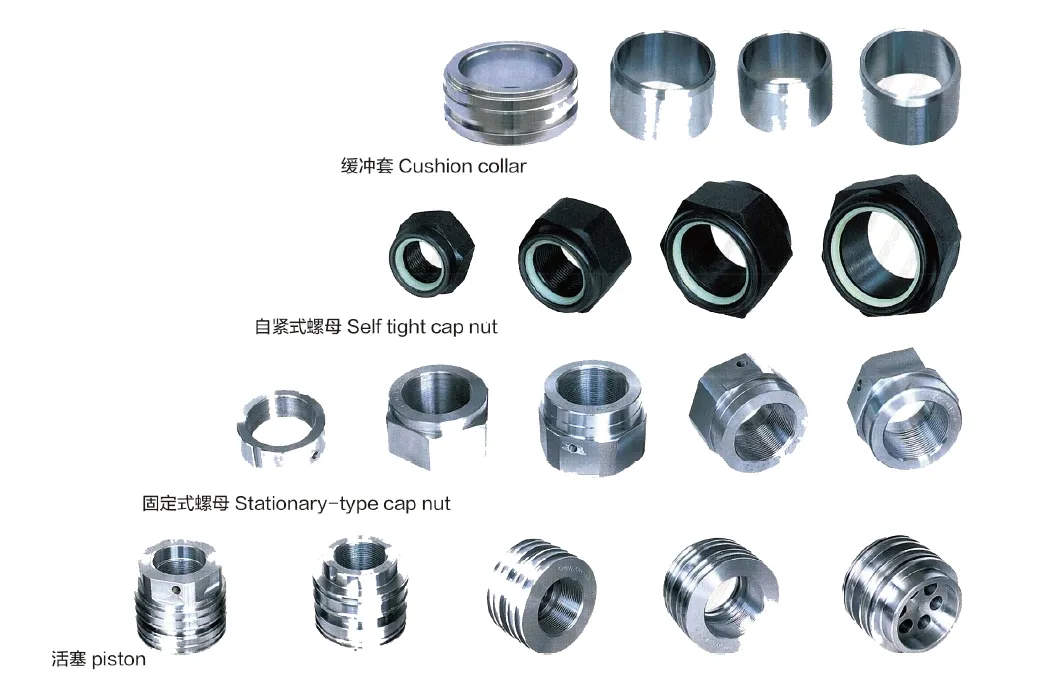
Safety Considerations and Environmental Factors
Safety measures are essential when handling hydraulic cylinders, as improper operation can lead to accidents and injuries. Operators should be trained in safe handling practices and be aware of potential hazards associated with hydraulic systems. Additionally, environmental factors, such as temperature extremes and exposure to corrosive substances, should be considered during operation and storage to prevent premature failure of the cylinder.
Troubleshooting Common Issues
- Leaking Cylinder: A common issue that may arise is hydraulic fluid leaking from the cylinder. This can result from worn seals or damaged components. Inspect seals and replace any that are compromised to prevent further leaks.
- Slow Operation: If the cylinder operates slowly, this may indicate a low hydraulic fluid level or air trapped in the system. Check fluid levels and bleed the system to remove any trapped air.
- Unresponsive Cylinder: An unresponsive cylinder may be caused by blockages in the hydraulic lines or issues with the control valves. Inspect and clean hydraulic lines and ensure that control valves are functioning properly.
For effective troubleshooting, operators should be familiar with the hydraulic system and understand the signs that indicate potential issues. Regular maintenance and inspection can help prevent these problems from arising.
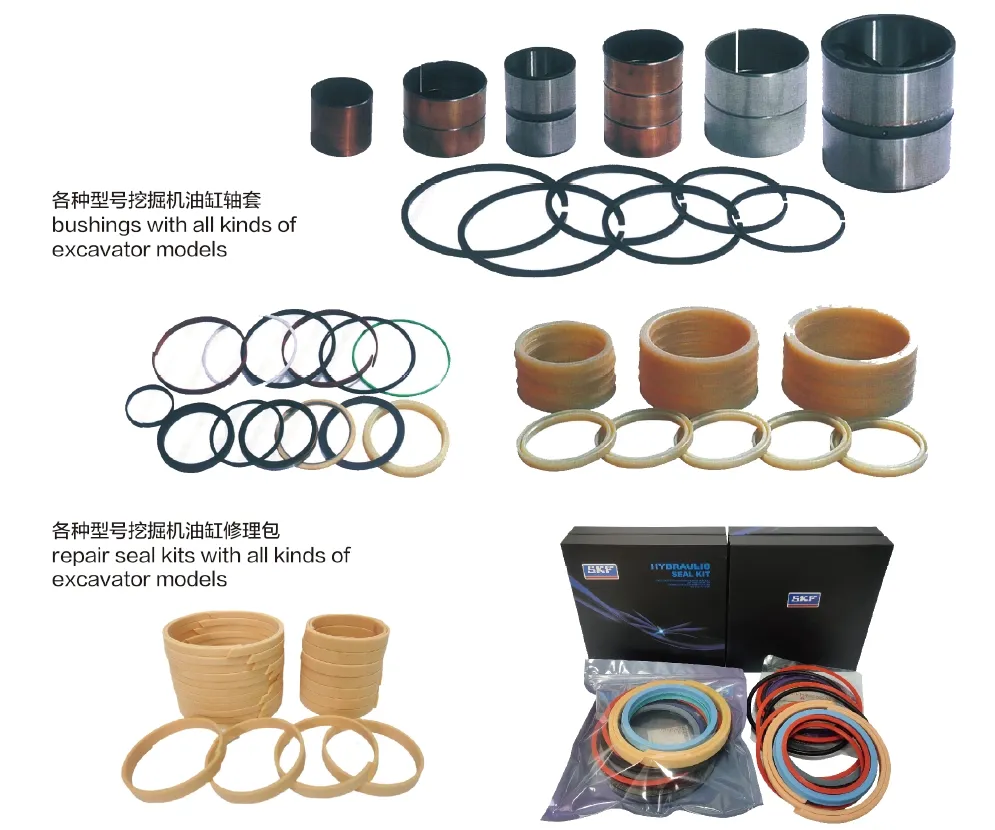
Final Thoughts on Our Company
We are a leading manufacturer and wholesaler of hydraulic cylinders, specializing in high-quality alternatives to existing products. Our extensive product line has positioned us as a prominent player in both domestic and international markets. We emphasize excellence in quality, leveraging refined production management strategies and advanced manufacturing technologies to enhance our capabilities.
Our dedication to innovation is evident in our investment in skilled professionals and state-of-the-art equipment, ensuring we meet diverse customer needs with high efficiency, precision, and quality. Our certifications and customized services further underscore our commitment to providing top-tier products and exceptional after-sales support.
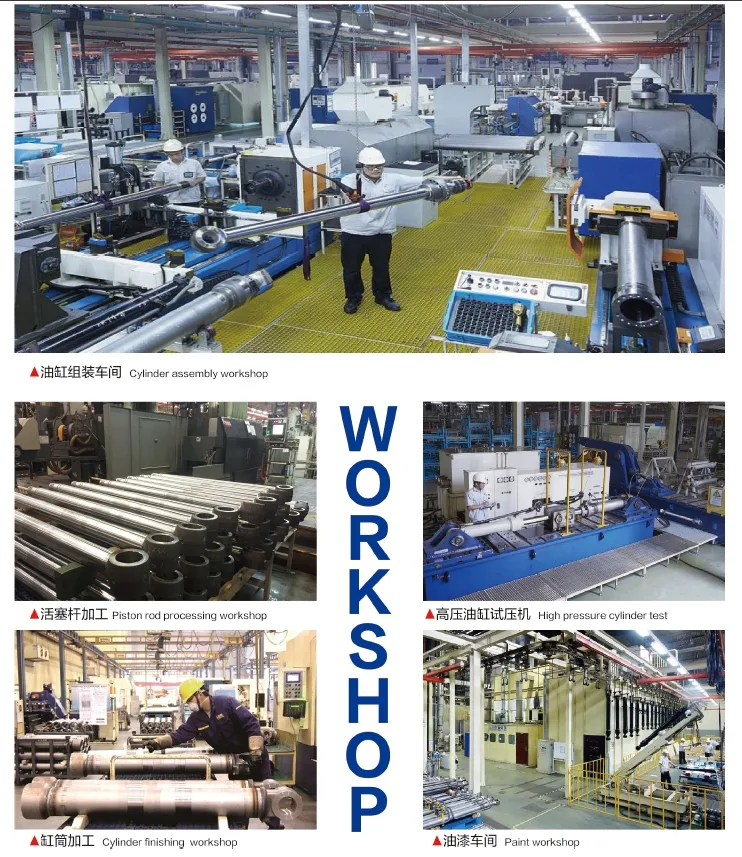
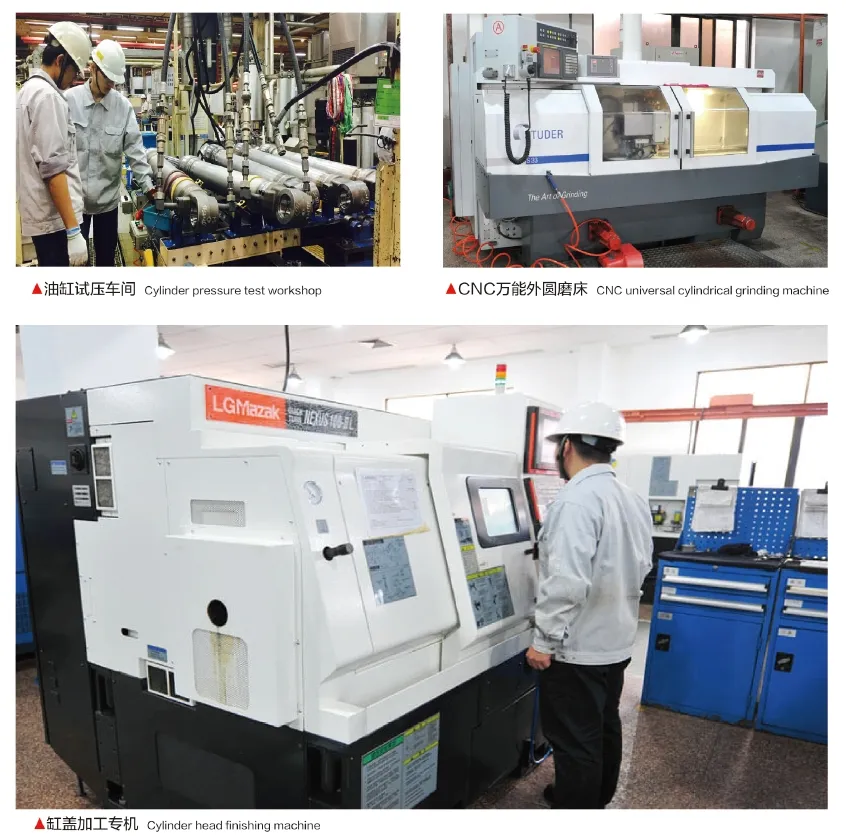
Author: lyl
Take a Tour of Our VR Factory:
Take a tour of our VR factory with the following
Hydraulic Cylinder Application:


